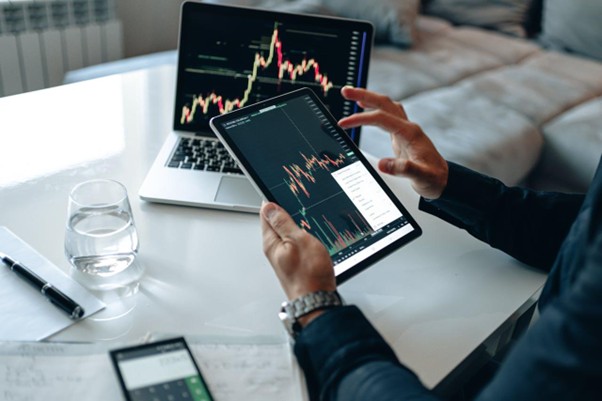Trading CFDs opens doors to potential profits with less capital than traditional investing requires. However, these financial instruments come with complexities that can catch new traders off guard.
Margin and leverage form the foundation of CFD trading, yet many people jump in without fully grasping how these concepts work together. In this post you’ll discover how these tools can amplify your returns and why they demand respect and careful planning.
How Margin Requirements Work
Margin requirements vary depending on the asset you’re trading and market conditions. Stocks might require 5% margin, while forex pairs could need just 1%. This means you need $50 to control $1,000 worth of stock CFDs, but only $10 to control $1,000 worth of currency CFDs.
Your broker will specify initial margin requirements for opening positions and maintenance margin levels for keeping them open. If your account balance drops below the maintenance margin due to losing trades, you’ll face a margin call.
This forces you to either deposit more funds or close positions to meet the requirement. Margin calculations happen in real time as asset prices move. Profitable trades increase your available margin, while losing trades reduce it.
Leverage Amplifies Everything
Leverage magnifies both your potential profits and losses. A 2% price movement in your favor with 10:1 leverage generates a 20% return on your margin. However, a 2% move against you creates a 20% loss just as quickly.
This amplification effect means small market movements can have significant impacts on your account. What might be a minor fluctuation in traditional investing becomes a major event in leveraged CFD trading.
The same market conditions that could generate substantial profits can also lead to substantial losses. Many successful CFD traders use less leverage than their brokers offer. Just because you can access 50:1 leverage doesn’t mean you should.
Lower leverage provides more room for error and reduces the risk of margin calls during normal market volatility.
Essential Risk Management Strategies
Stop loss orders become critical when trading with leverage. These automatically close your position when losses reach a predetermined level, protecting your account from excessive damage. Set stop losses before entering trades, not after positions move against you.
Position sizing determines how much of your account you risk on each trade. Never risk more than you can afford to lose, especially with leveraged instruments. Many experienced traders risk no more than 1-2% of their account balance on any single position.
- Calculate your position size based on your stop loss level and risk tolerance
- Use guaranteed stop losses when available to protect against gap movements
- Diversify across different assets and markets to spread risk
- Monitor your total exposure across all open positions
Key Considerations before You Start
Your risk tolerance should guide your leverage choices. Conservative traders might prefer lower leverage with higher margin requirements, while aggressive traders might accept higher leverage for greater market exposure.
Neither approach is inherently right or wrong, but each requires different risk management strategies. Market volatility affects margin requirements and leverage effectiveness. During turbulent periods, brokers might increase margin requirements or reduce maximum leverage.
These changes can force position closures or require additional deposits to maintain open trades. Account size influences your trading approach. Smaller accounts might seem to benefit from higher leverage, but they’re also more vulnerable to margin calls.
Larger accounts can afford to use lower leverage while still achieving meaningful profits.

